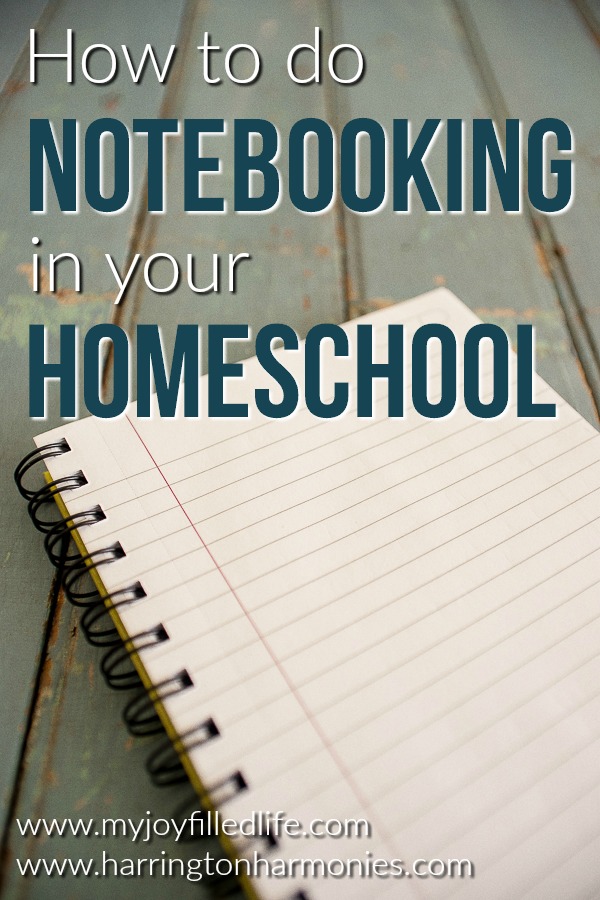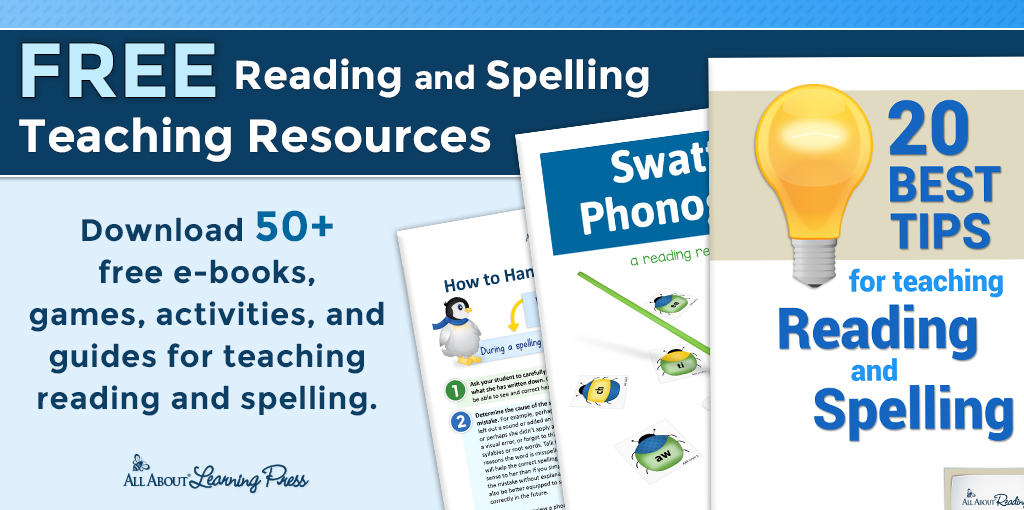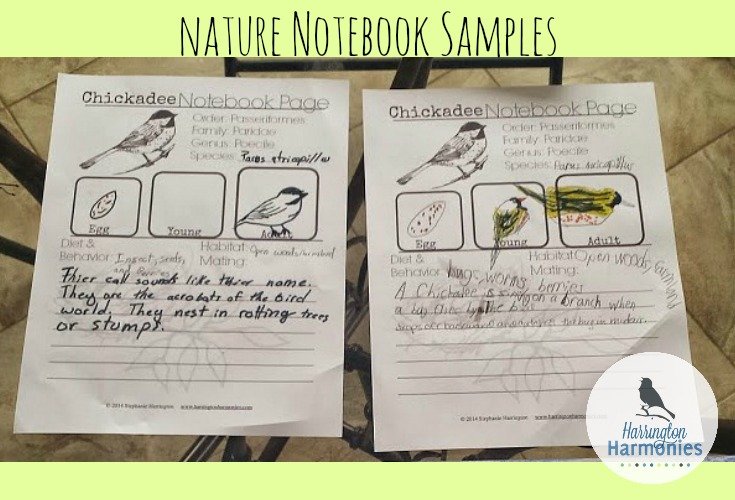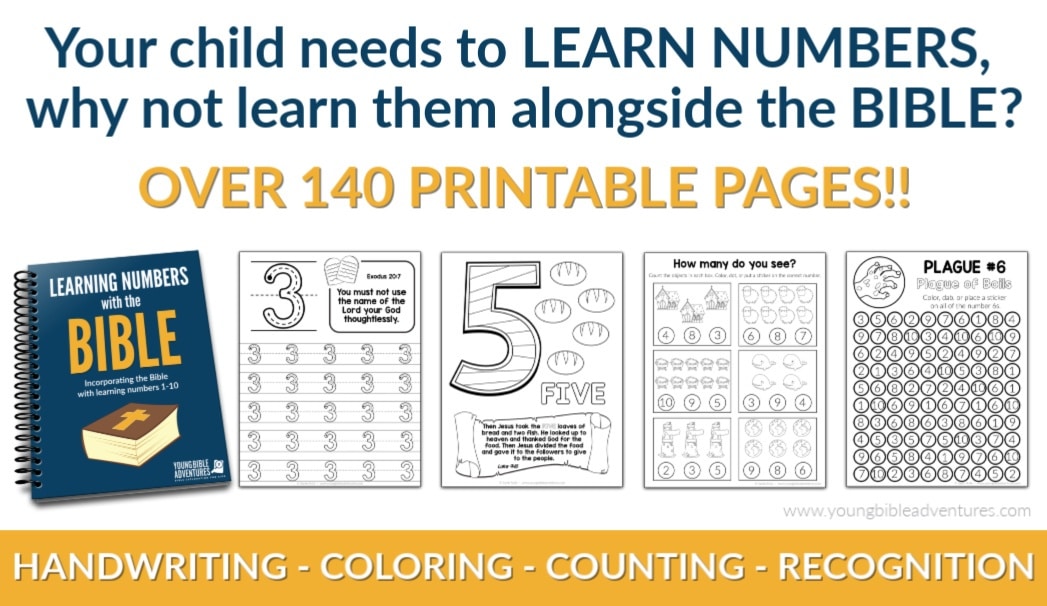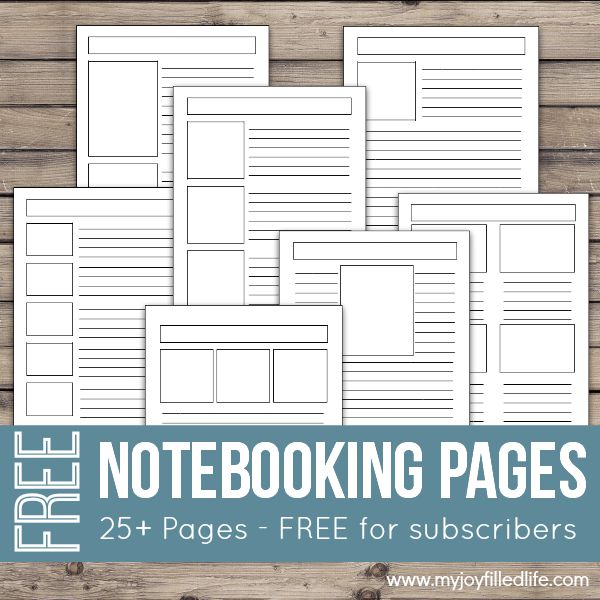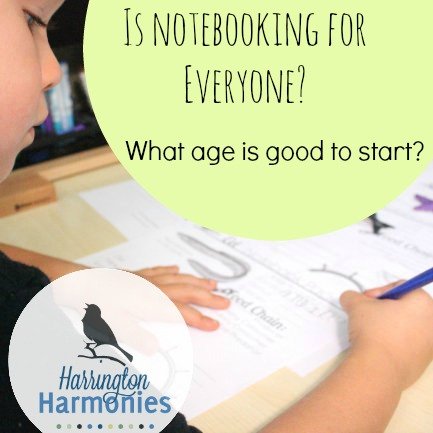What is Notebooking?
Notebooking could mean many things. It could mean simply using notebooks for schooling. Or it could mean filing papers into a three ring notebook. But before I say what notebooking is, let me cover what it is not. It is not a method of homeschooling such as a Charlotte Mason or a Classical approach, though your family’s style of notebooking may reflect one of those philosophies. It’s not even a style of homeschooling or even an organizational system such as work boxes. So what is it?
I like to define notebooking as a child’s recording in writing, images and more, the important things they have learned. How is this different from simply doing worksheets and filling in workbook pages? Most workbooks and worksheets tell a child everything they should write down. And almost always direct them in a specific learning exercise- such as reading comprehension questions or a crossword puzzle. They offer no space for a child to make his own choice about what information is important and to think for himself about what he has learned.
In general, notebook pages should only offer some direction but not be a regergitation of facts they will soon forget because they had no interest in! Instead, a notebook page is a place where your child will write and record what he felt was important-what was meaningful to him and what stood out to him. This is how notebooking can bring a homeschool to life. It offers more freedom and exploration than most traditional learning exercises found in text books and workbooks.
How to Do Notebooking in Your Homeschool
Use good, detailed pages for children who need more guidance and open ended pages for children who are self directed, enjoy writing and drawing, and are more self motivated.
You’ll find a plethora of notebooking pages available out there. Choose the ones that you think will be best suited for your child. If you know your child is exceptionally artistic, choose pages that leave more space for drawing. If you have a child who is a reluctant writer and artist, then choose pages that offer more areas to fill in direct facts.
Notebooking pages can be used in unlimited ways and for all subjects! One way to use notebook pages is with living books. For example, you can have your child read a book about Thomas Jefferson and then notebook about him. Here’s a starting list of just a few possibilities of areas of study to use notebook pages with:
- biographies
- literature- in place of a book report
- scientific research/ science experiments
- copywork and quotations
- timelines
- geography and map study
- nature study
- historical events
- mini reports
- field trips
Notebooking will also guide your child’s research to some degree and therefore, can also facilitate some of your objectives or goals. It’s also very important to have plenty of space for a child to add their own ideas and other information. You may be surprised what they take away from a learning session.
You’ll see lots of blank notebook pages out there that are just rectangles and lines. While they are open ended and you could use them for anything, that’s all they are- blank sheets. In my mind, they are just the same as a plain sheet of paper to write on. If your child is self directed enough for that, perhaps homeschool journaling is the way to go – bullet journaling for homeschoolers is also a great way for kids to keep of record of what they are learning and discovering.
What’s the difference between notebooking and keeping a homeschool journal?
What is the difference between Notebooking and Journaling? The main difference is that children write into a blank or lined journal their findings and discoveries. We journaled for many years and I had no set curriculum. But with notebooking, you have separate sheets of paper that you then insert into your child’s notebooking binder.
One thing that makes notebooking a helpful resource for a homeschool mom is that it offers a guided approach to research while at the same time gives children their independence. Mom doesn’t have to spoon feed everything because good notebook pages guide a child on what to find out and where to write some of the things they learned down.
10 Benefits of Notebooking:
- You can file pages in a binder according to subject. You can later reference them in relation to future and past studies. For example, for history pages have your child file them in chronological order using dividers for centuries.
- Provides an excellent record and samples of homeschooling over time- can be used also as a yearly portfolio.
- Offers flexibility for choosing topics of interest.
- Encourages your child takes ownership of their homeschooling.
- Teaches your child independence in research and record keeping.
- Teaches your child to synthesize information without being “spoon fed facts”.
- Puts the child in charge of his learning and frees mom up.
- Offers flexibility and more opportunity for exploratory learning.
- Over time the pages become a treasured keepsake.
- Fosters a love for learning.
Is Notebooking for Everyone?
In all honesty, don’t think it is. There are a million ways to learn. You must find what works well for your family and child. But the main downsides I can think of for notebooking are; 1). Pages coming loose from binders over time and 2). A reluctant learner needing less freedom. But I think with engaging books and exciting topics, most children will love notebooking because it will spark their natural love for learning. Once they realize what they can do with a notebook page they are sure to soar to new creative learning heights!
Notebooking can be started early if desired. Children who do not yet write fluently can draw more pictures and diagrams early on and record only a few words for their pages. I love this excellent example of how to make notebooking work with a hands on/ Montessori approach.
My other thought about notebooking is do NOT do it for every subject. Choose a certain subject for notebooking starting out. Use notebooking pages for units of study that come and go (that’s what I do) as a supplement. You could also use them for a special area of your schooling, such as geography. Or try it for field trips only, and so on. Another possibility is for books your child reads in place of a book report. Wouldn’t that serve as a lovely record of the books your child has read and what they learned from them?
If you would like to try notebooking for free I have several free quality pages such as my insect pages and also several subscriber freebies I invite you to check out! Want some FREE blank notebooking pages, try these.
Why are you interested in Notebooking? What thoughts would you add and what questions do you still have?



